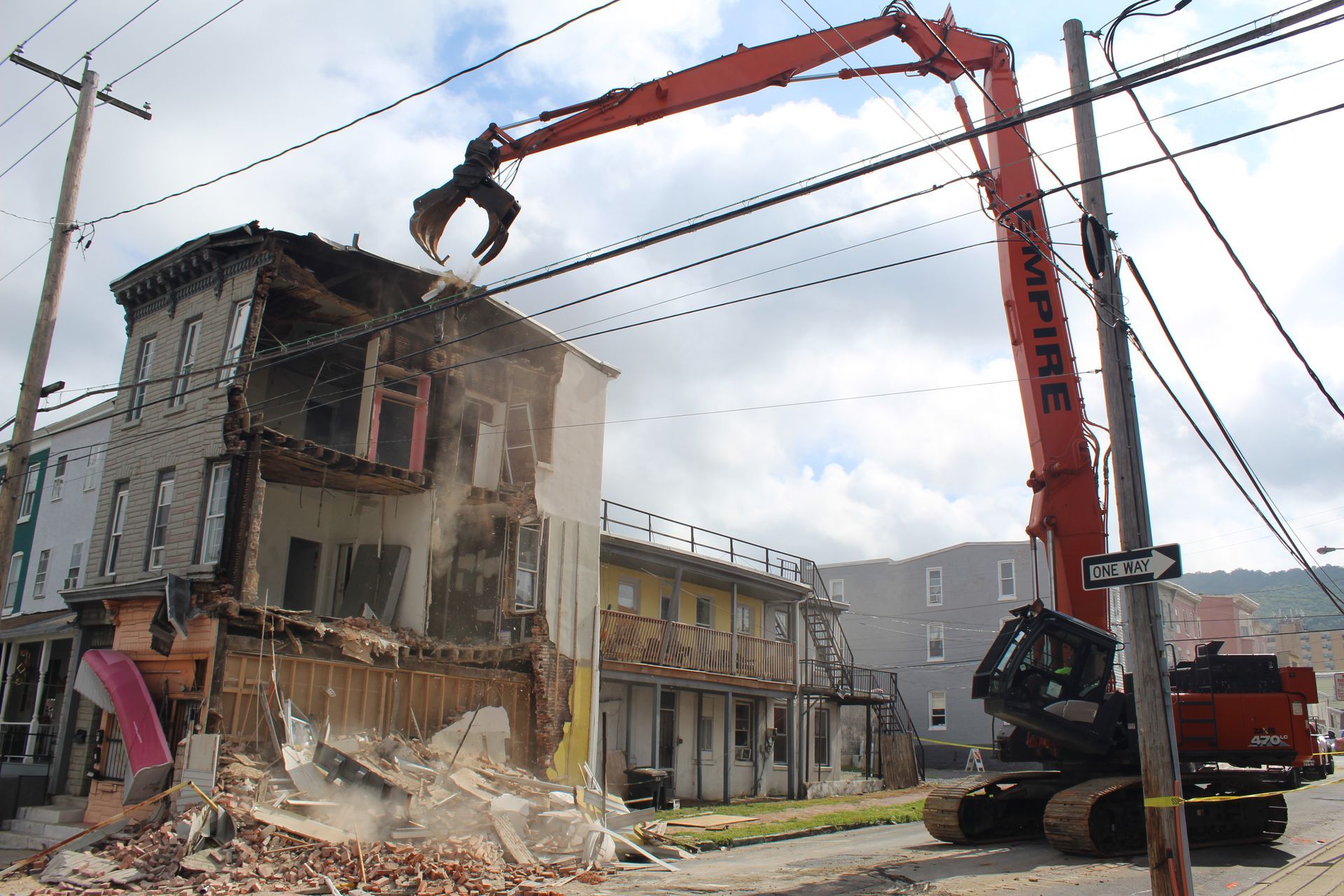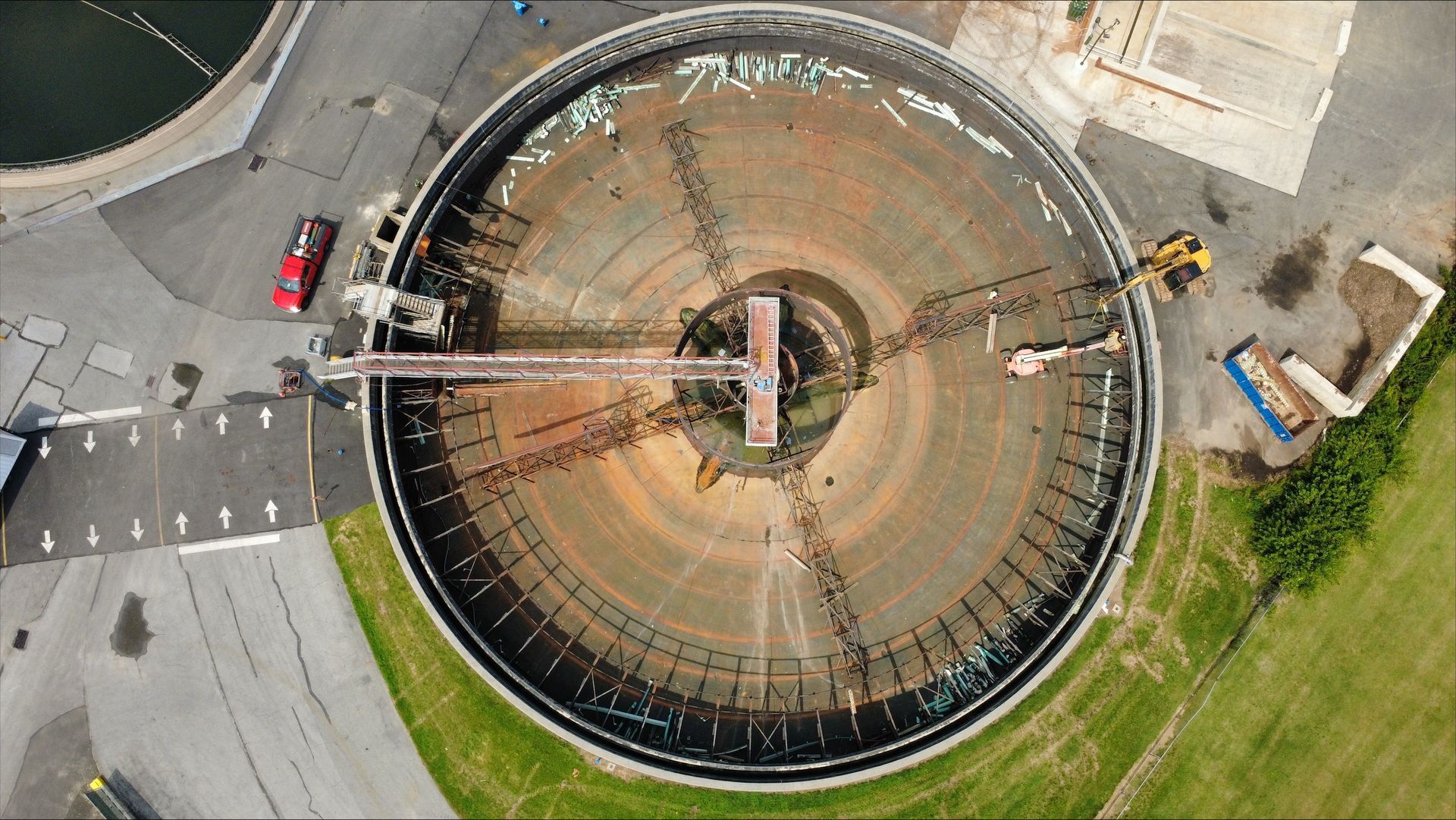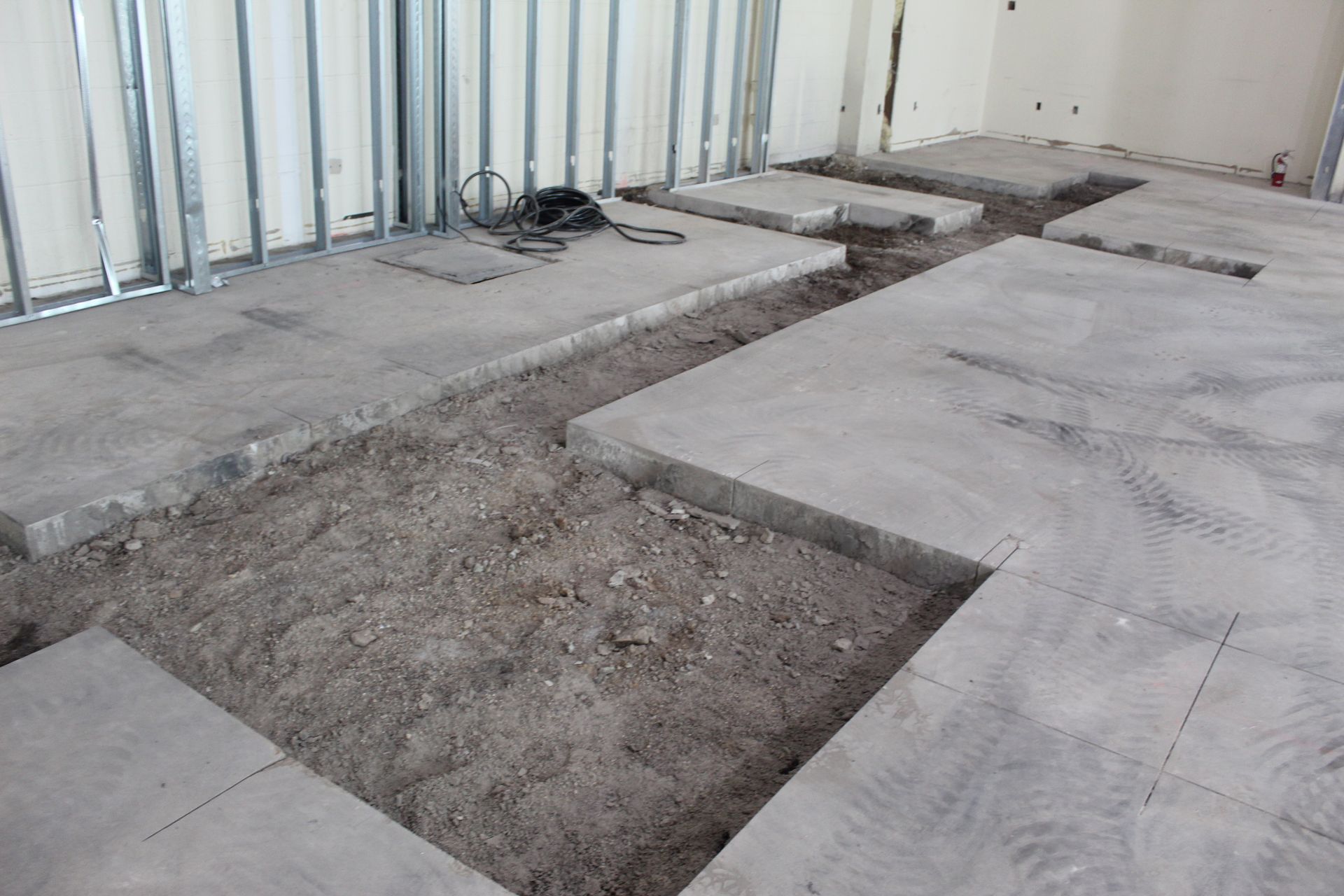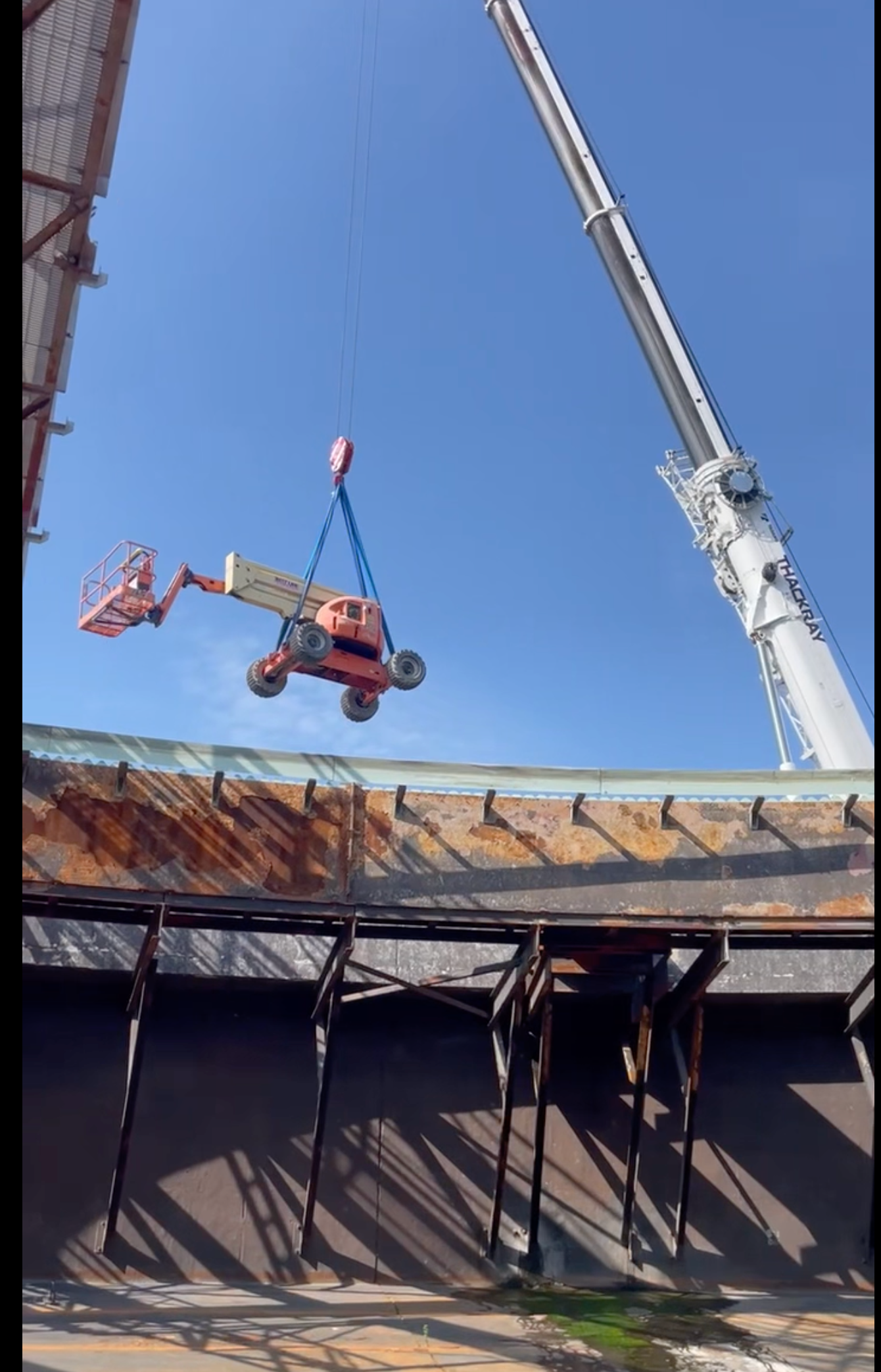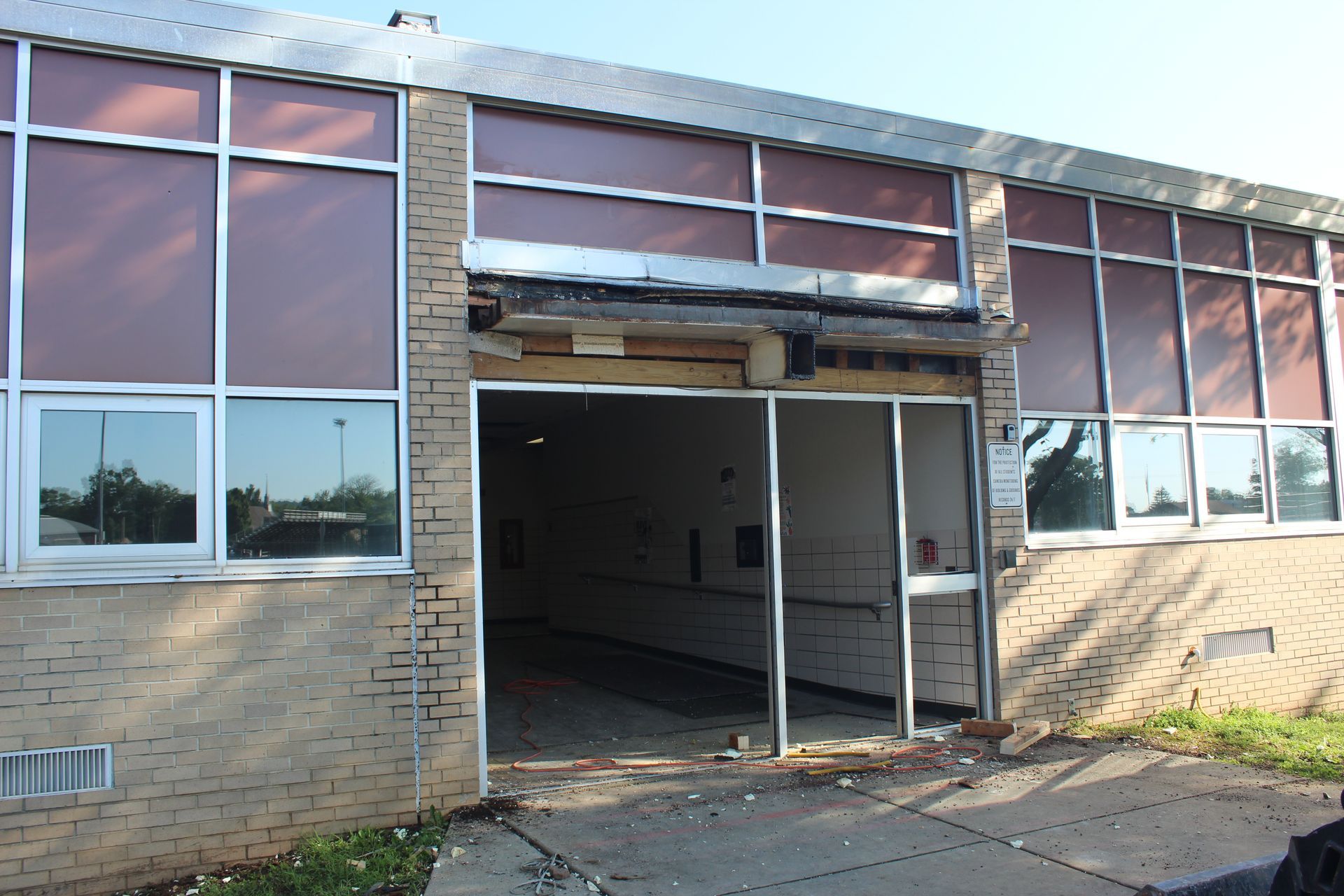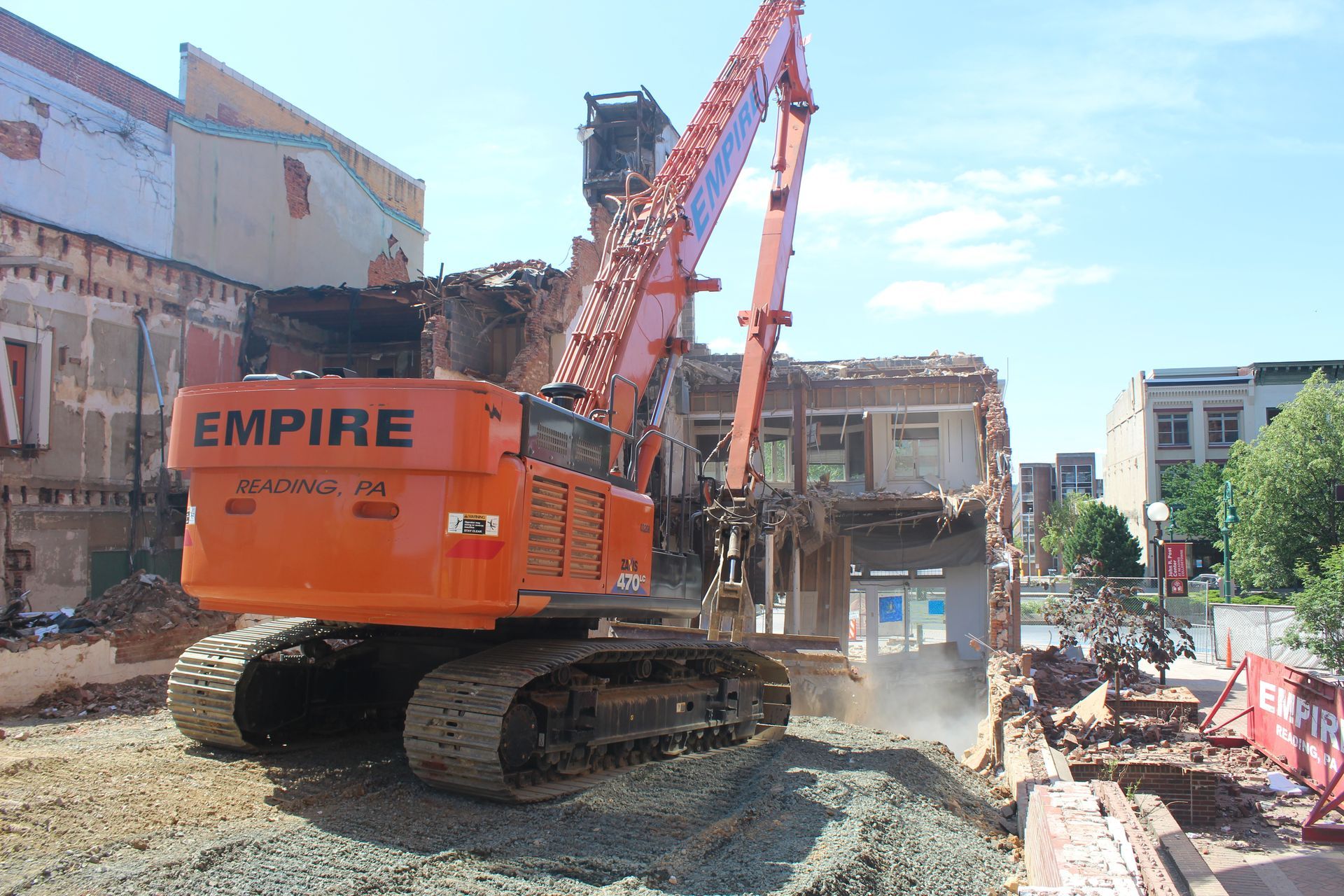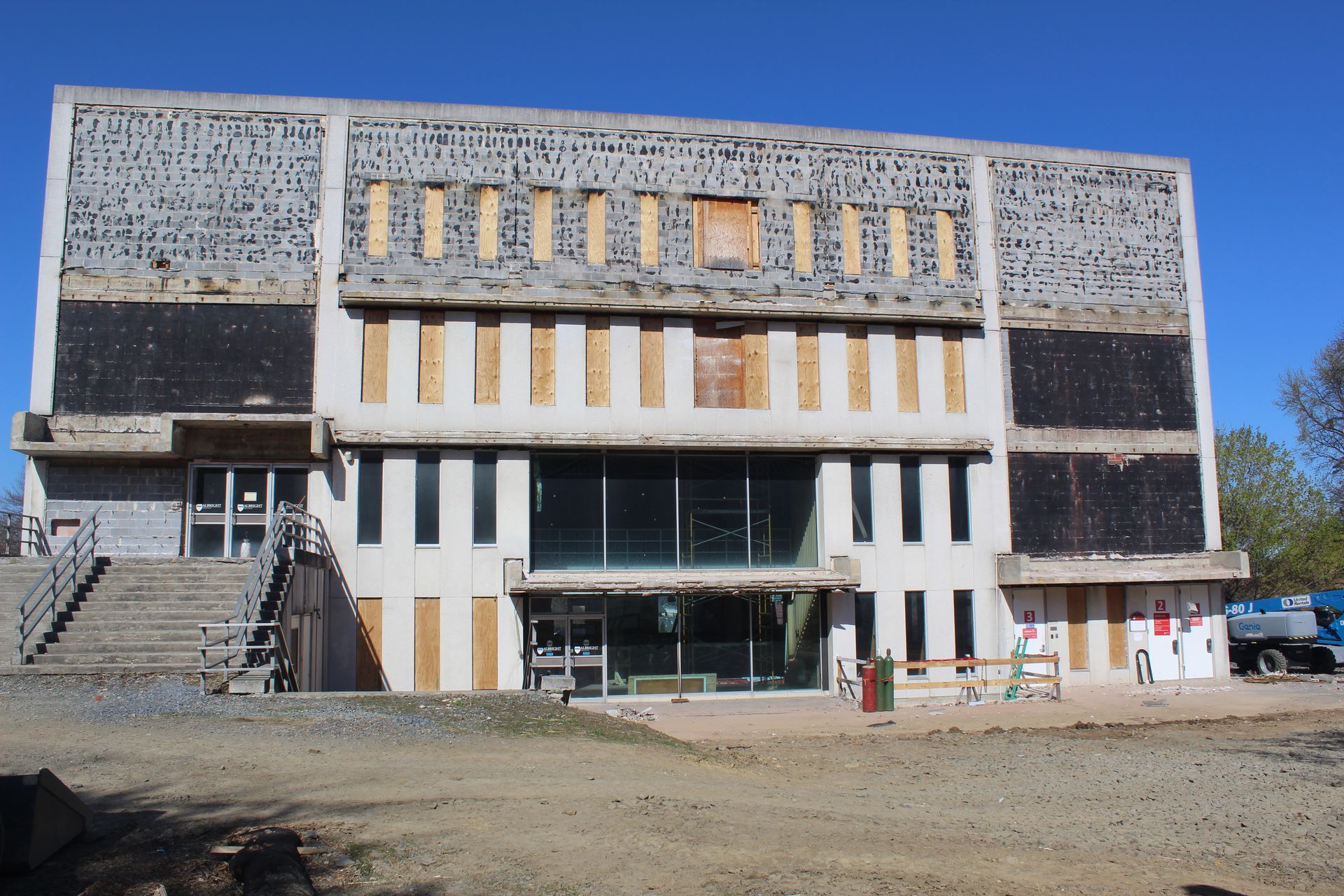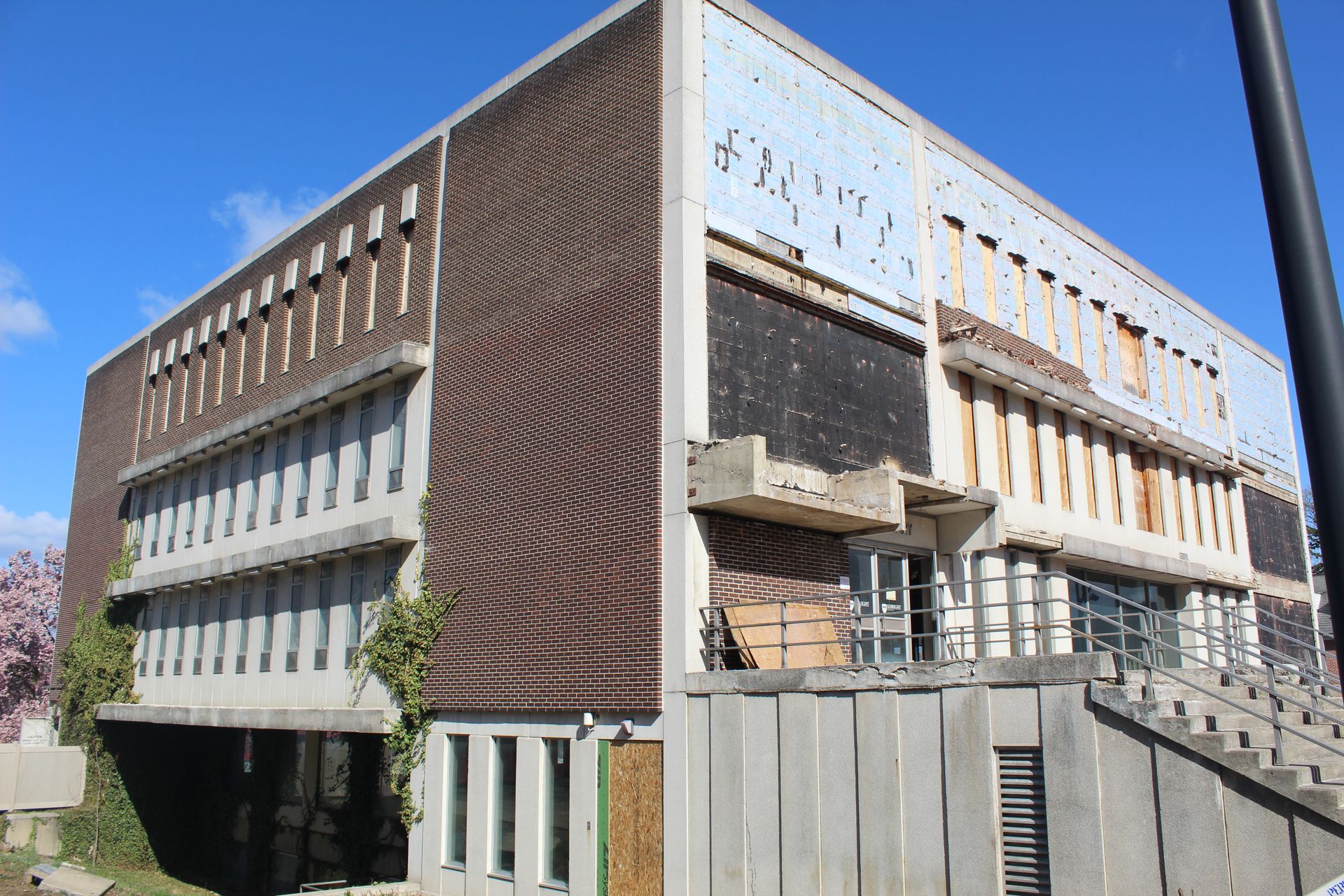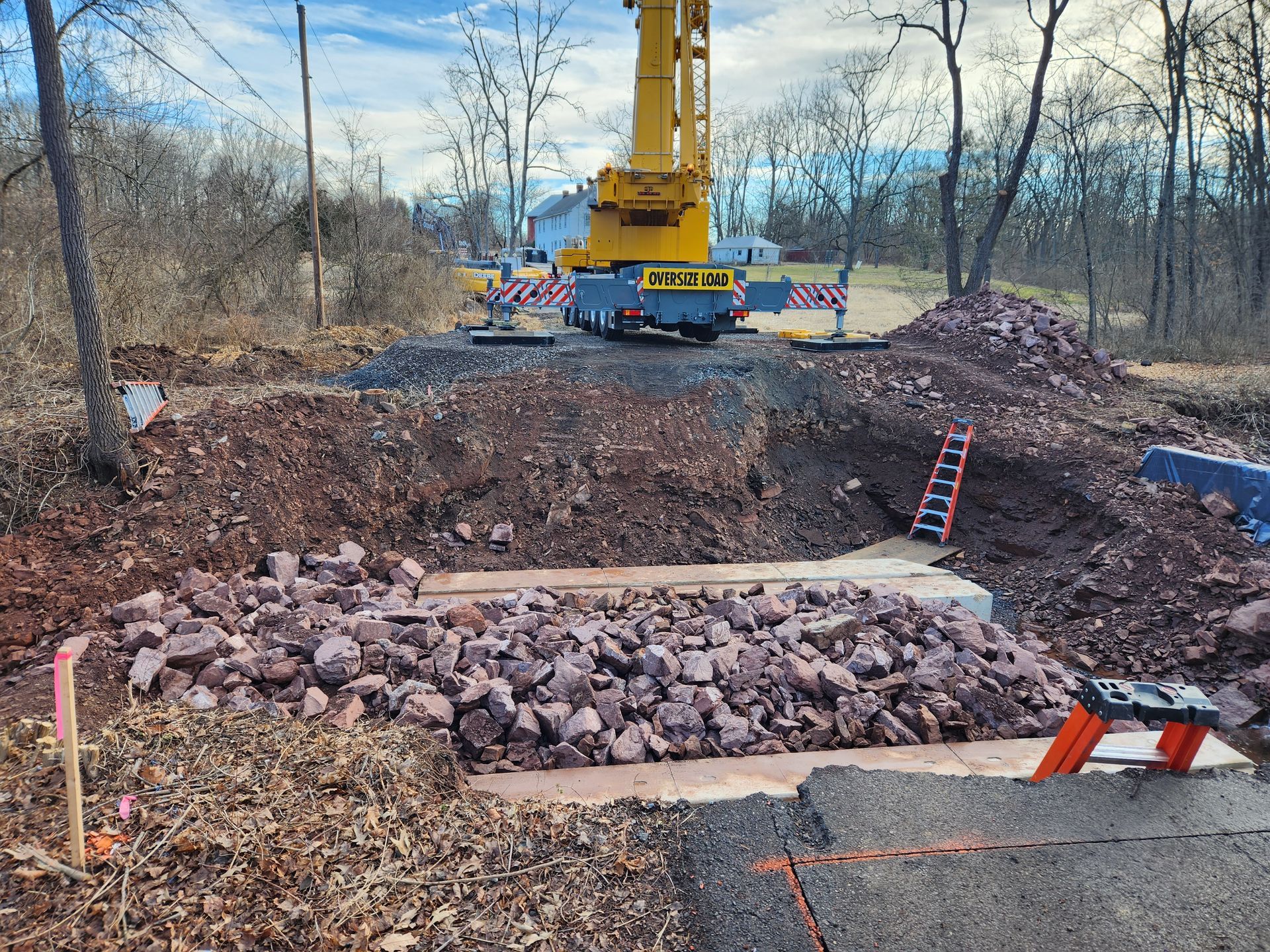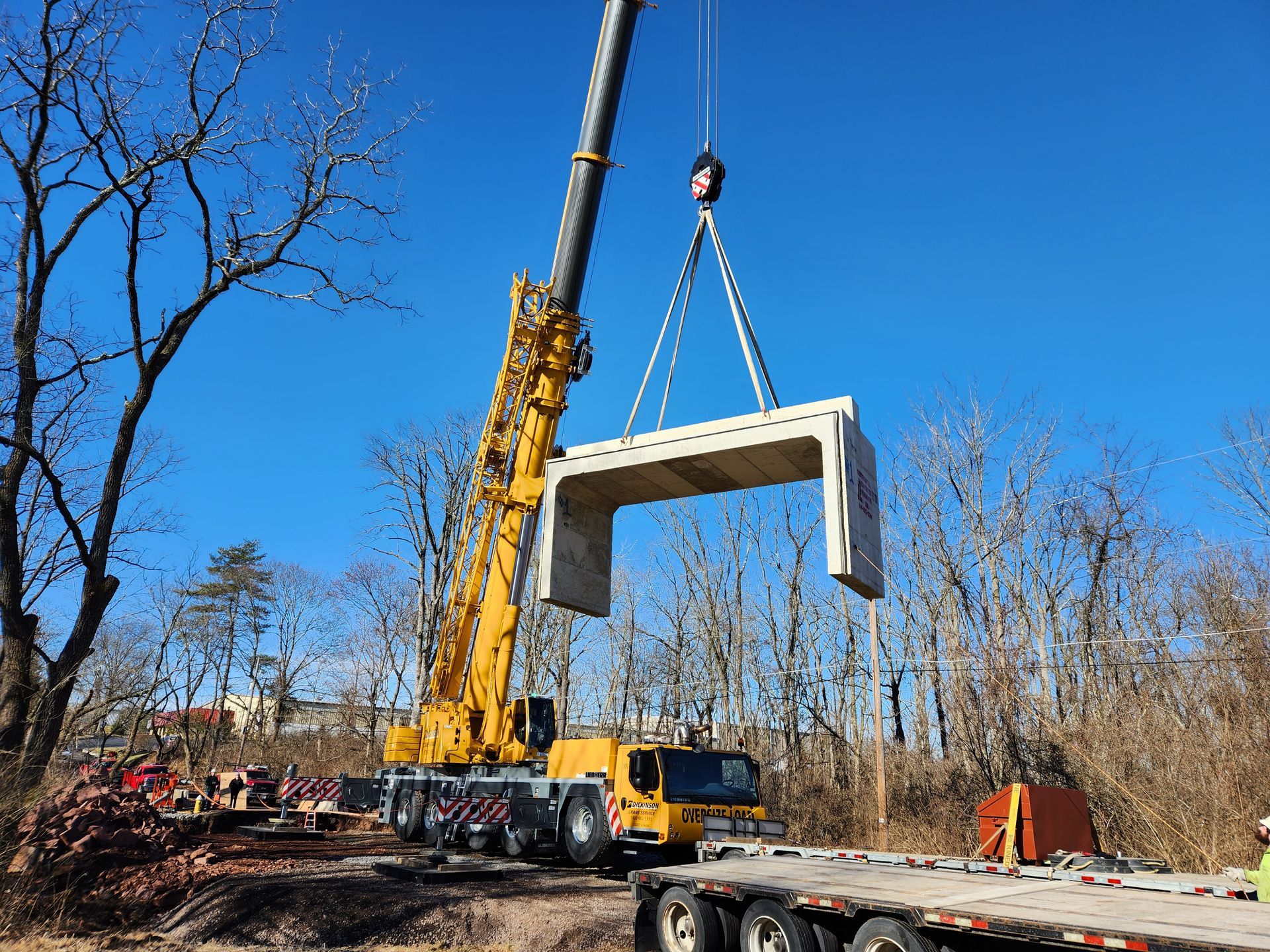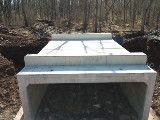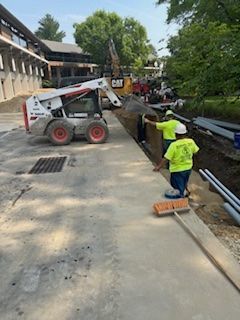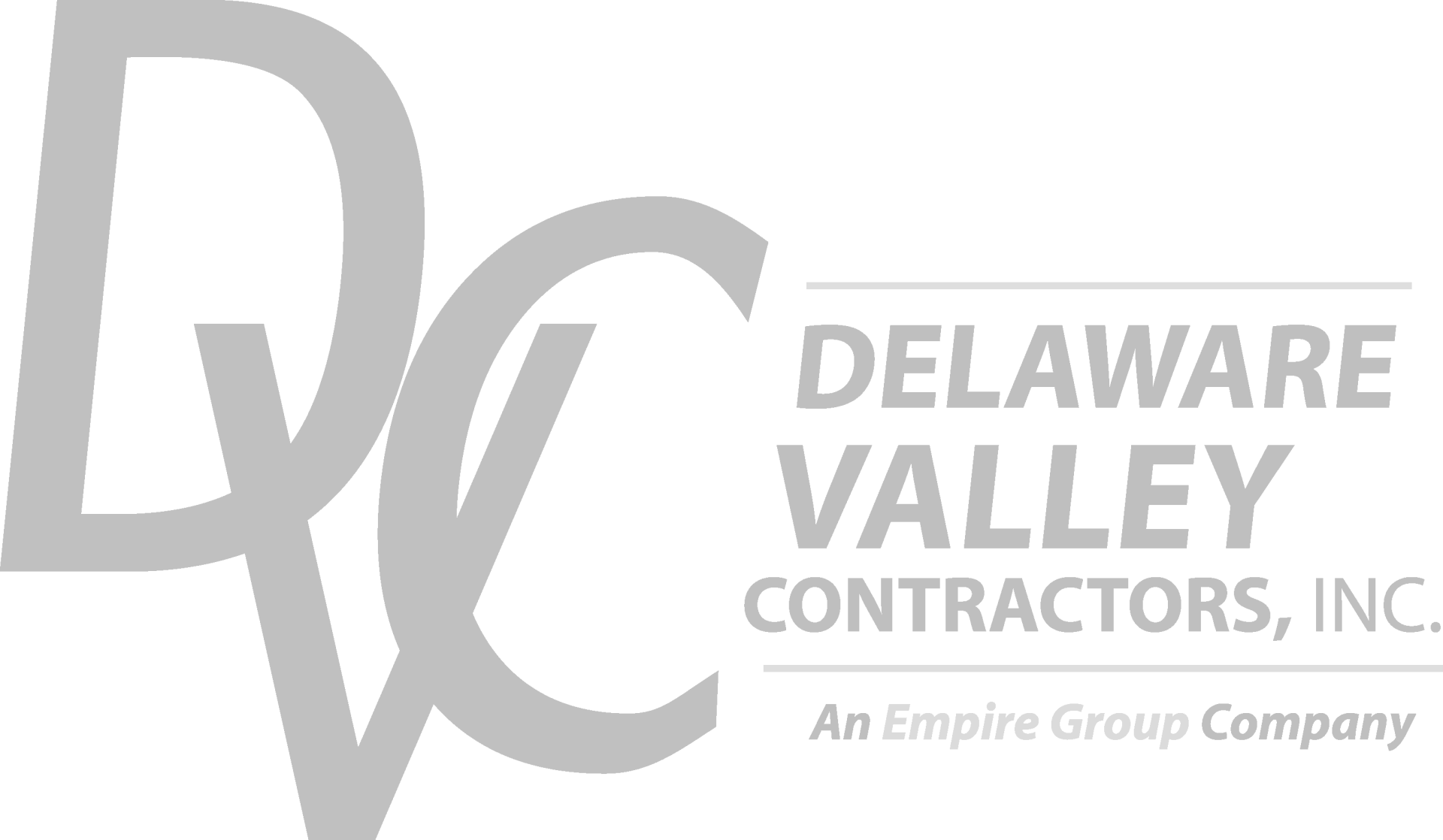Is a Culvert the Same as a Bridge?
We see them all the time, but don’t pay much attention to them – especially when driving over them. These tunnel-like concrete structures are built under roadways (or railways) to provide cross drainage from one side to the another. They are called culverts, and many assume they are bridges. This is partially true since a culvert can function like a bridge. While a bridge and culvert can support traffic driving over waterways (or ravines) and there many types of each structure, there are distinct difference between them.
Types of Culverts
By definition, a culvert is not a bridge because it has a span of less than 20 feet. A bridge’s span can be greater than 20 feet, and any bridge span exceeding 20 feet requires a biannual inspection. Another major difference is the support. A bridge has support structures underneath it (e.g., piers and abutments), whereas a culvert's supports are embedded in the soil to bear the weight of vehicles driving over it. And compared to the cost of bridge, a culvert is usually less expensive and easier to construct. So, a culvert is the better choice to construct over a small, unimpeded waterway.
Yet, there is no one-size-fits-all culvert. The shape of the culvert determines the best use of the structure:
Pipe – This is the most common type of culvert with a circular or elliptical shape.
Box – Shaped like a box, the box culvert is widely used in road design because the shape provides a rigid structure.
Arch – Also called a low-profile culvert, it allows water to flow through low areas that might not be able to accommodate a different shaped structure.
Pipe-Arch – Shaped like a half-circle, a pipe-arch culvert is used in sites with low clearance.
Bridge – Functioning more like a bridge, the rectangular-shaped culvert is provided on rivers, trenches or canals and allow vehicles to travel on them. They can replace box culverts if an artificial floor is not necessary.
Metal Box – Also called an aluminum box culvert, it is lightweight with an easy installation and a good replacement for a small bridge. This type of culvert provides large cross-sectional areas for water conveyance where vertical clearance is limited.
Installing a Culvert
When it comes to box culverts, Empire Services understands their design and has the experience to install them quickly and efficiently. We recently demolished and removed an 18-foot-span bridge structure in Bucks County to install a new box culvert.
Our team set and leveled nine precast footer sections with three on each side. A 200-ton hydraulic crane placed four 38,000-pound precast box culvert sections as well as two 25,000-pound headwall sections. We utilized one 6-foot diesel-powered water pump and one 4-foot diesel-powered water pump to maintain stream flow around the project area.
The project was completed by installing scour protection and repaving the roadway. Contact Empires Services today to learn more about the civil works projects we can do for your municipality!
